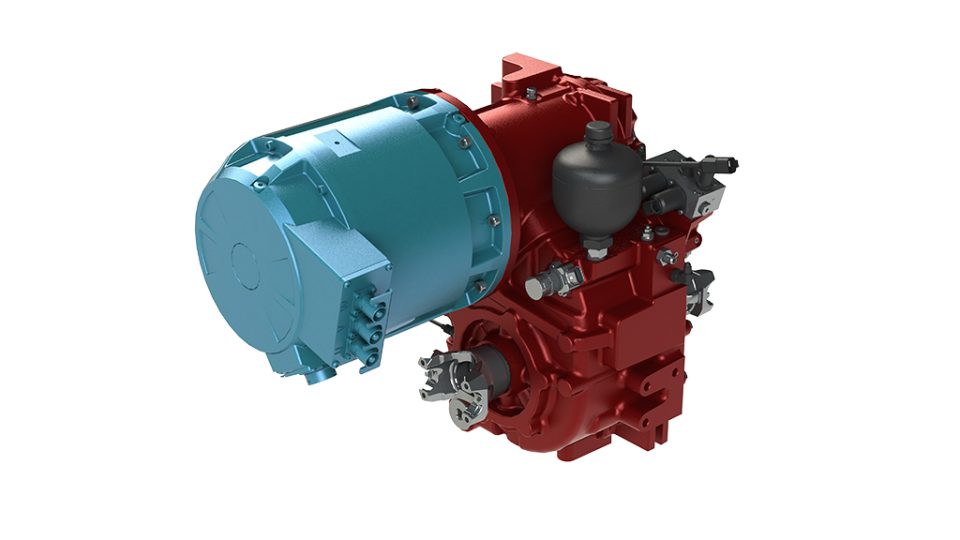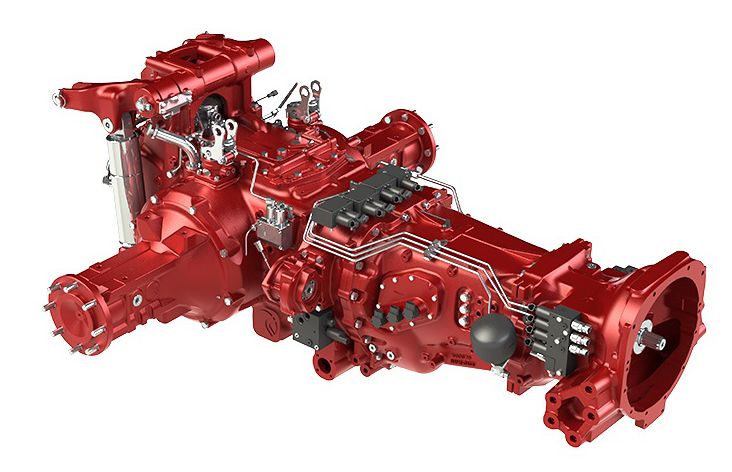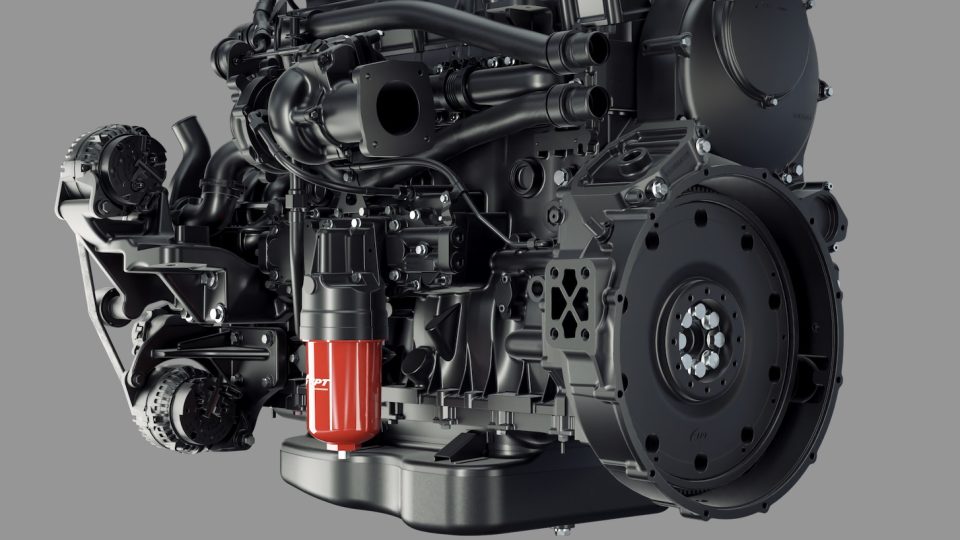Mazda. Between Diesel cycle and Otto cycle
The first combustion engine with compression ignition will be signed by Mazda In a world where Tesla is worth more than Ford, Mazda sets itself on a different path and chooses the internal combustion engine as the center of the product strategy for the next decade. Among the various announcements of global manufacturers announcing the […]
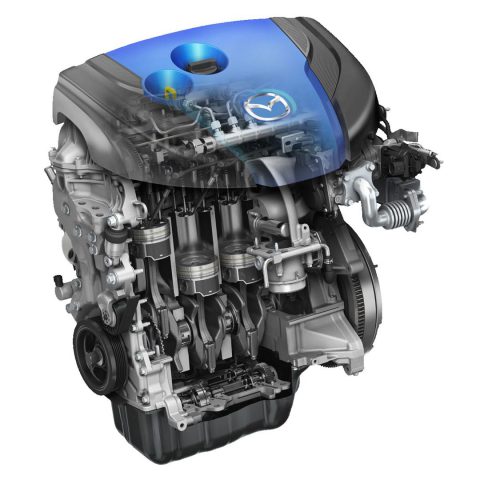
The first combustion engine with compression ignition will be signed by Mazda
In a world where Tesla is worth more than Ford, Mazda sets itself on a different path and chooses the internal combustion engine as the center of the product strategy for the next decade.
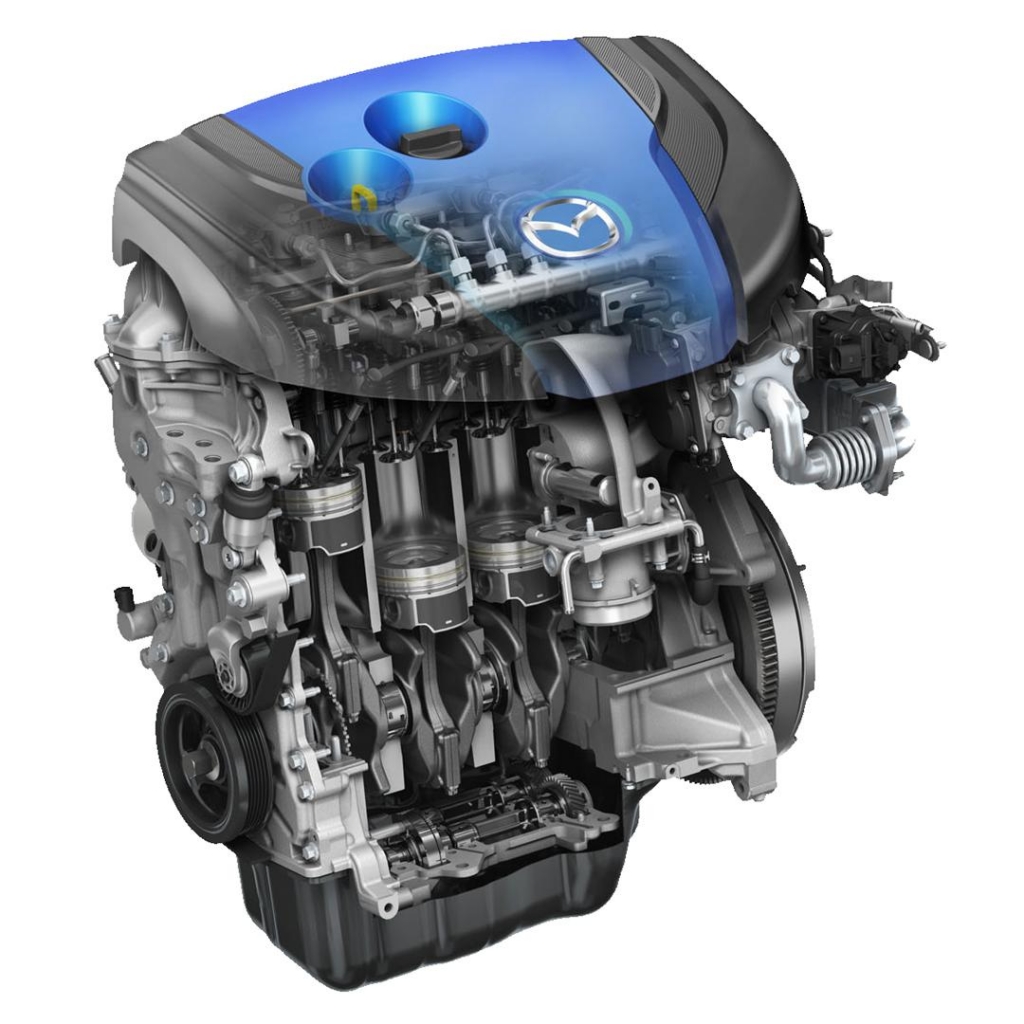
Among the various announcements of global manufacturers announcing the switch to electric within the next five years, leaving the internal combustion engine in the background, Mazda instead puts the development of the internal combustion engine at the center of its strategy, with the electric propulsion in the role of the bridesmaid.
The novelty is the introduction of a combustion process called Scci, from the initials of ‘spark controlled compression ignition’.
MAZDA, MICROALGAE AND EFFICIENCY
A compression-ignition combustion regulated by the ignition of the spark plug is precisely the secret thought by Mazda to extend the field of operation in the field of Hcci (homogeneous charge compression ignition).
Innovative features
In practice, the ignition is initiated by the spark plug, but the spread of the spherical flame front starting from the electrodes is used to compress the remaining portion of the air / fuel charge until it causes compression ignition. Mazda engineers’ trick is to create the right conditions for self-ignition to avoid detonating.
Expanding the operating range in Hcci mode is extremely important for reducing emissions and consumption.
Mazda’s engine is able to work with air / petrol ratios above 30:1, incredibly far not only from the stoichiometric value of 14.7:1 but also above 18-20:1 of the lean-combustion petrol engines.
The most interesting secrets of the engine are probably not inside the engine but at its periphery: injection system, air / Egr system and electronic control system, on which the Hiroshima company has been very careful not to disclose details.




